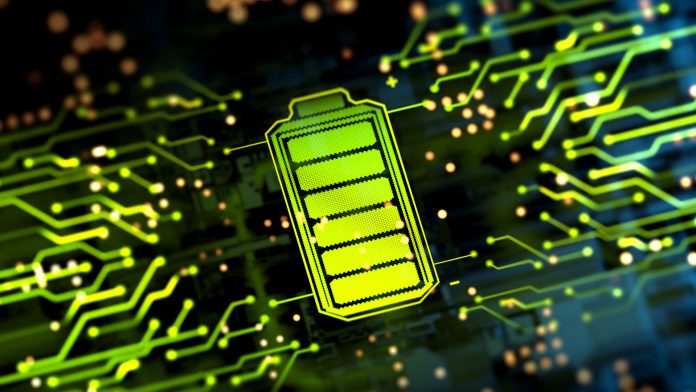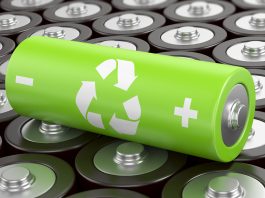Researchers from the University of Tsukuba are enhancing light-powered battery and fuel cell design by utilising ultraviolet light pulses to access ion conductor properties.
Industries all over the world are working hard to develop rechargeable batteries and fuel cells with enhanced performance capabilities. Now, researchers from the University of Tsukuba in Japan have made a game-changing discovery that will facilitate the advancement of new possibilities for future environmental stability.
New possibilities with ultraviolet light
The researchers have made the groundbreaking discovery that ultraviolet light can modulate oxide ion transport in a perovskite crystal at room temperature, and, through this finding, they have opened up a formerly inaccessible area of research.
The performance of battery and fuel cell electrolytes is reliant on the movement of electrons and ions within the electrolyte. Modulating the movement of oxide ions within the electrolyte could improve future battery and fuel cell design—for instance, by improving the productivity of the energy storage and output. The application of light to modulate the motions of ions—which increases the source of possible energy inputs—has currently only been proven for small ions such as protons. Conquering this drawback of attainable ion motions is something the researchers at the University of Tsukuba wanted to address.
Transport of heavy atoms
“Traditionally, transport of heavy atoms and ions in solid-state materials has been challenging,” explained co-senior author of the study Professor Masaki Hada. “We set out to devise an easy means to do so in a way that seamlessly integrates with sustainable energy inputs.”
In order to carry this out, the researcher’s work centred around cobalt double-perovskite crystals that are comparable to common materials in fuel cell research. They discovered that shining ultraviolet light on the crystals at room temperature displaces oxide ions without destroying the crystals, indicating that the function of the crystals was maintained.
“Electron diffraction results, spectroscopy results, and corresponding calculations confirmed this interpretation,” added Professor Hada. “At a delivered energy of two millijoules per square centimetre, approximately 6% of the oxide ions undergo substantial disorder in the crystals within several picoseconds, without damaging the crystal.”
Breaking cobalt-oxygen bonds
Cobalt–oxygen bonds typically significantly impede oxide motion, but ultraviolet-light-induced electron transfer can break these bonds. This enables oxide ion motion in a way that accesses several states that are important to storing the light energy input.
These findings have a range of significant applications; further understanding of how to utilise light to manipulate crystal structures that are necessary for energy storage, in a way that does not damage the crystals, will bring about new possibilities in commercial-scale renewable energy systems.
The team have published their findings in Applied Materials Today, under the title “Photoinduced oxygen transport in cobalt double-perovskite crystal EuBaCo2O5.3”.
The funding for this research has been provided by the Japan Society for the Promotion of Science and the Leading Initiative for Excellent Young Researchers, MEXT, Japan. Masaki Saigo received financial support from the JSPS Research Fellowship for Young Scientists.









